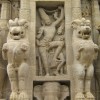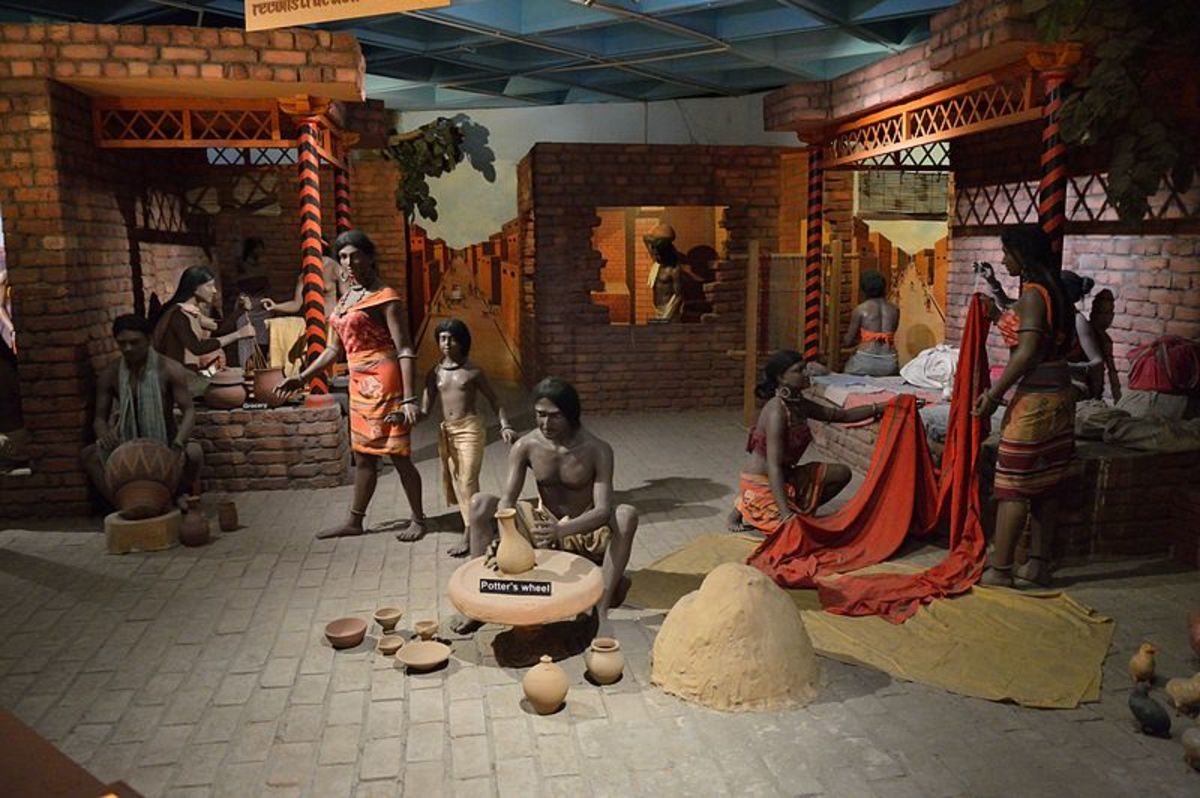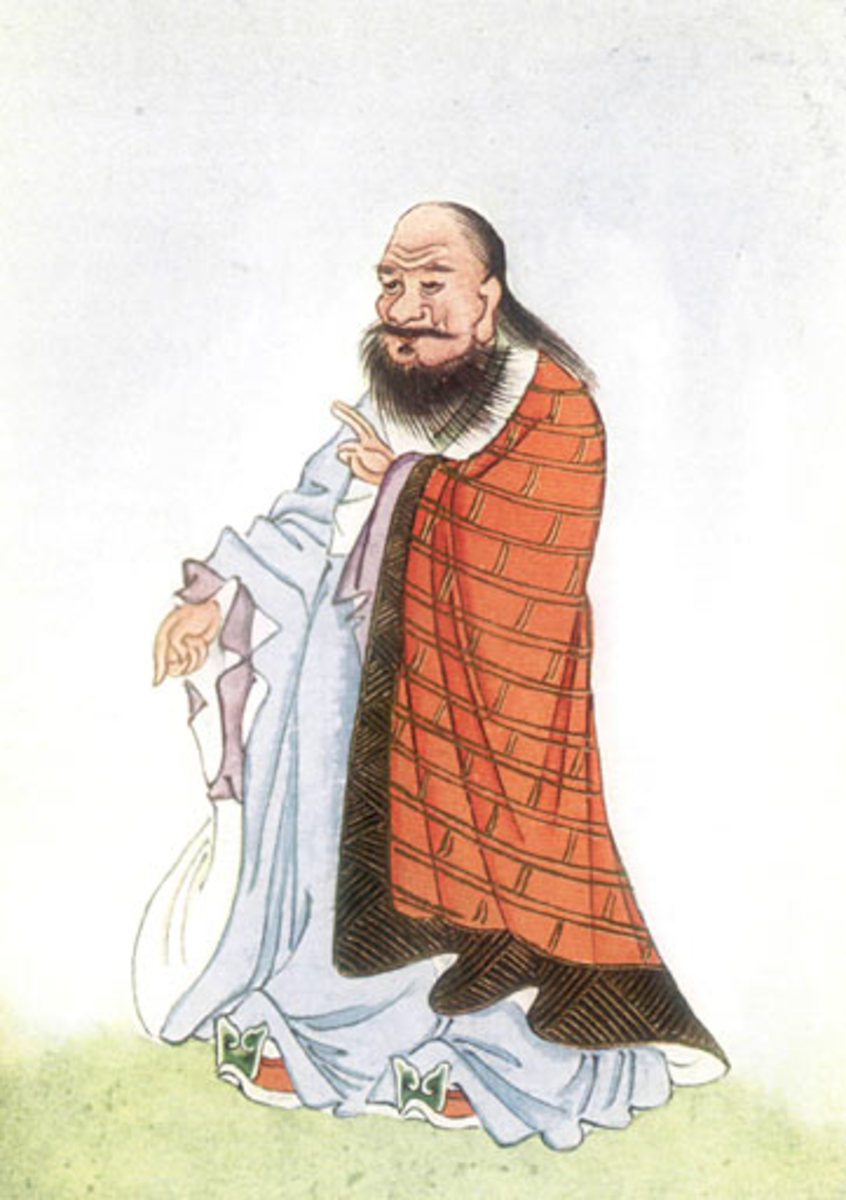Cyclic Time Concept
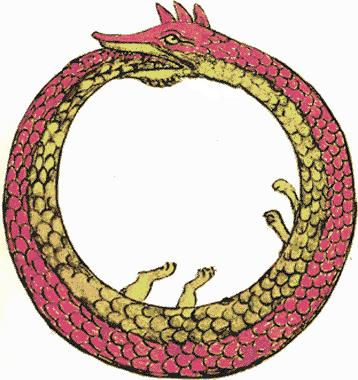
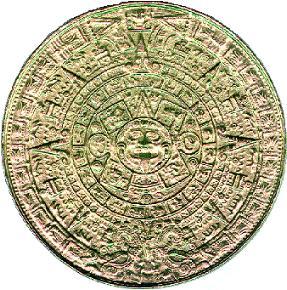
Today, as per modern understanding it is considered that the time progresses in a linear manner. There are many theories, which explain the nature, origin, its end and other matters related to the Time. According to the most popular theory, the time originated at the Big Bang with the start of the universe and will end at Big Crunch where the universe also would end. Big Bang refers to a massive explosion, of infinitely dense substance, which created the universe consisting of all the stars, galaxies and all the rest. Big Crunch refers to the event of collapsing back the whole universe again into an infinitely dense matter. However the theory could not explain what happened before and what will happen after. This and other similar theories were formulated based on scientific observations with modern sophisticated equipment and mathematical calculations using advanced computer methods.
Ancient people also had thought about these problems related to the time and formulated concepts and proposed various models to satisfy the observations with naked eye and deduction based on logic.
Most of the ancient societies believed that the time progressed in a cyclic manner. They observed the cyclic nature of the day and night, similar repeating pattern of seasons year after year; monthly cycles of moon's change of form etc. and extended the same for larger time scales too. Ancient Indian system of time measurement is an example for this.
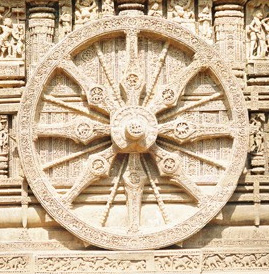
Ancient Indian Cyclic Time System
In the Indian system, Years are named and there are 60 names. Once the 60 names are finished, the next year starts with the first name again. This goes on in a cyclic manner. Beyond this level there are 4 epochs or Yugas, namely, Krita Yuga, Treta Yuga, Dvapara Yuga, and Kali yuga. They are not equal in the length of time. Duration of each epoch is as follows:
- Krita-yuga: 1,728,000 years
- Treta-yuga: 1,296,000 years
- Dvapara-yuga: 864,000 years
- Kali-yuga: 432,000 years
All these four Yugas together is called a Chatur Yuga, which means "four epochs". 71 cycles of Chatur Yuga is called a manvantara. At the end of each manvantara period, there comes a partial devastation period, which is equivalant to the duration of krita yuga. This means after every manvantara period, the world is partially destroyed and recreated.
According to Hindu scriptures, in this cyclic process of time, 1000 chatur yuga period is called a Kalpa, and period of time is equal to a daytime for the Lord Brahma, the creator of the universe. These scriptures put Brahma's age at 100 years in his unique time scale. Therefore Brahma's life span is equal to 311,040,000,000,000 human years. This period in named as maha kalpa. A universe lasts only for one maha kalpa period. At the end of it the universe is completely destroyed together with the creator Brahma and a new universe would be created with a new Brahma. This cycle goes on endlessly. The Vedic universe passes through repetitive cycles of creation and destruction. During the annihilation of the universe, energy is conserved, to manifest again in the next creation.
